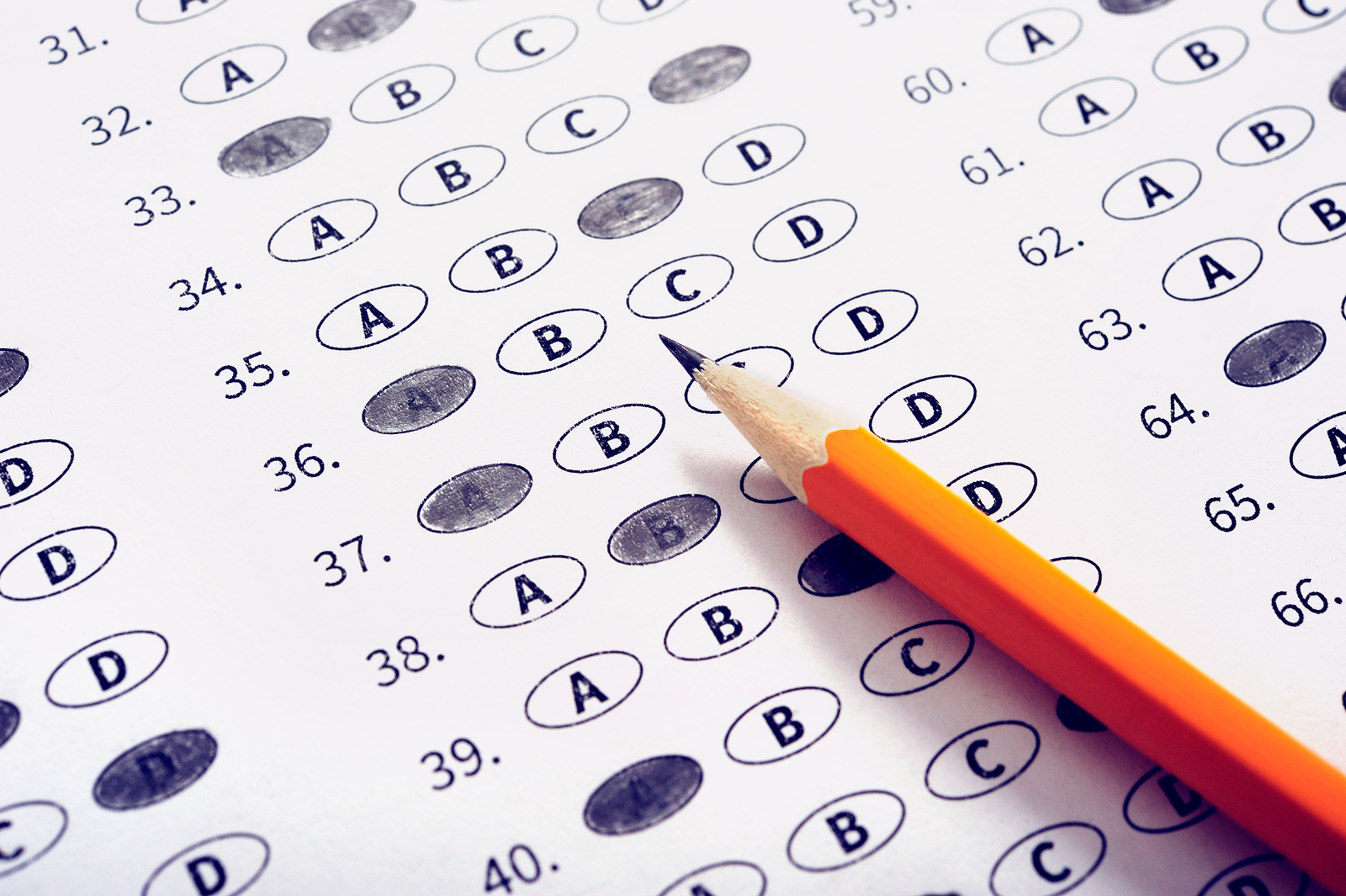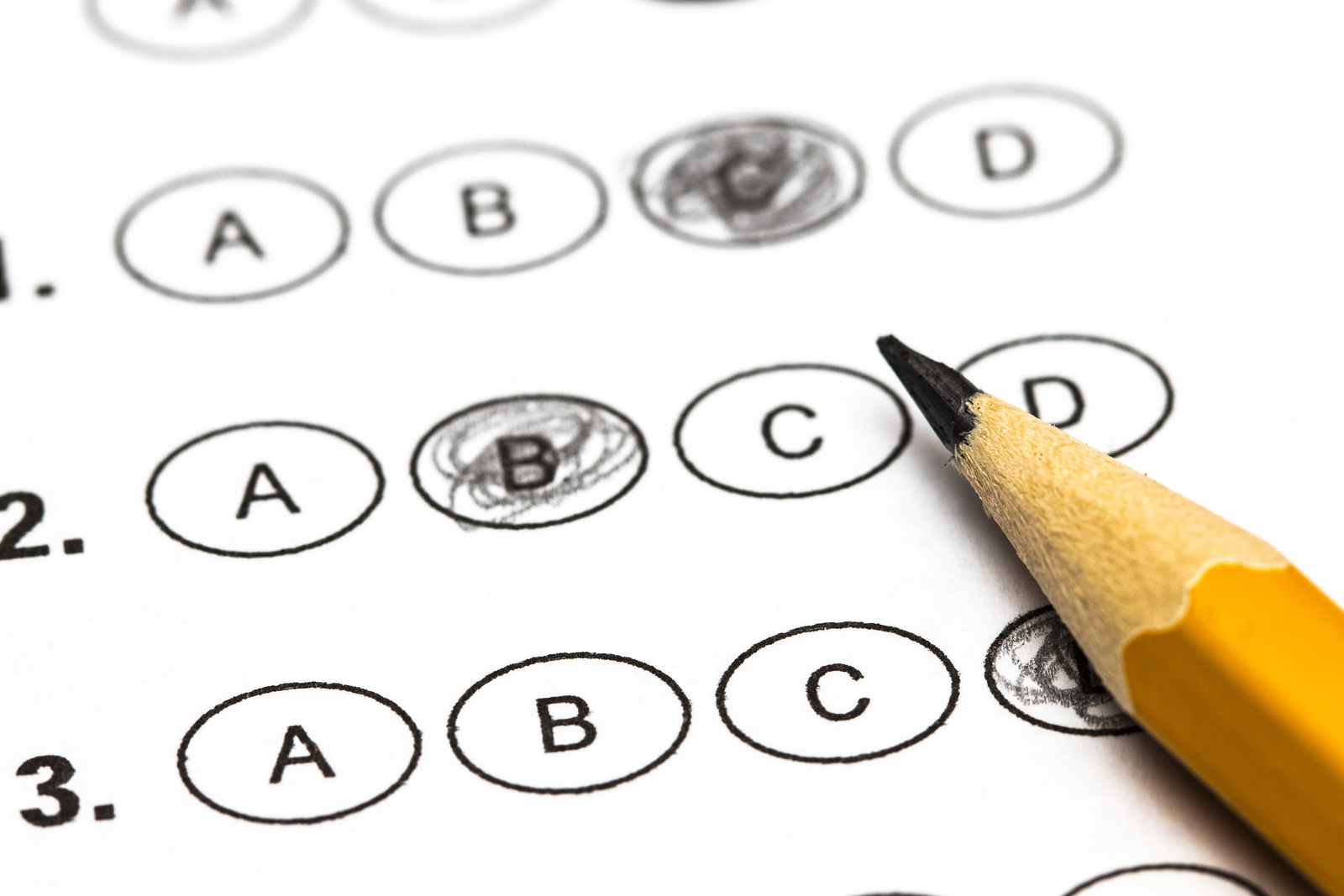One of the great myths out there is that students who know the material taught in class will be prepared for standardized tests. But the reality is that except for a few naturally great test takers, knowing only the academic material is going in half-prepared.
One concept we try to instill in our students is that if they try to take a test the same way they do their classwork, they’ll lose a ton of points. You have to take a test like it’s a test.
Here’s an example that explains why. On one of these tests, a science question asked which subatomic particle was responsible for the character of the atom. The proton seemed to be the obvious answer. If you change the number of protons in an atom, you have an entirely new substance. One proton in your atom, and you have the unstable, explosive hydrogen that blew up the Hindenburg. Add one more proton and you have the helium, the stable, nearly impossible to explode gas that’s in your kids’ balloons.
What the test makers meant by character was how atoms interact with each other, and the particle responsible for these interactions is the electron. Why would anyone be expected to be able to read the minds of the test makers?
Other tricky questions that the test makers love to test are “puzzle-solving skills.” This would be fine if they were assigned as homework, and a student had time alone at a desk to work it out. But on most of these tests, you have less than a minute to solve puzzles that are like nothing you’ve probably ever seen before.
Here’s a paraphrased version of a question that’s in an actual test manual:
Students A and B start running at the same time and place. Student A’s speed is twice as fast as student B’s speed (B). After 15 minutes, student A is 1,980 feet ahead of student B. Which equation, when solved for B, would give student B’s speed, in feet per minute?
(A) 60B = 15(30B)
(B) 60B – 15 = 30 B
(C) 60B – 1,980 = 15(30B)
(D) 15(B + 3B) = 1,980
(E) 60B – 1980 = 30B
This would be trouble for most adults if they were given less than a minute to work it out. So what must this look like to a 5th or 6th grader – that’s the grade level this question is aimed at – who is sweating out a test that will have a big impact on the future?
Test taking is a skill, and it should be taught in schools, but it rarely is. Kids who had been taught how to deal with a question like this will be less stressed, and much more likely to pick up the point.
There is still a school of thought in some schools that test prep is useless, or even unethical. Part of the reason for this is that the test prep industry, like most businesses, can’t always be counted upon to do the right thing.
But there is also the thought that learning how to take a test is somehow cheating.
It isn’t. The tests themselves are not always fair, and our kids are going in to face them without being properly prepared.
It probably should be that test prep was useless. A test should probably reflect the mastery of the material that a kid has been taught. But that isn’t the world our kids are facing.
Parents must know this. If you need proof, try taking the test your kid will be required to take. It’s eye opening.







